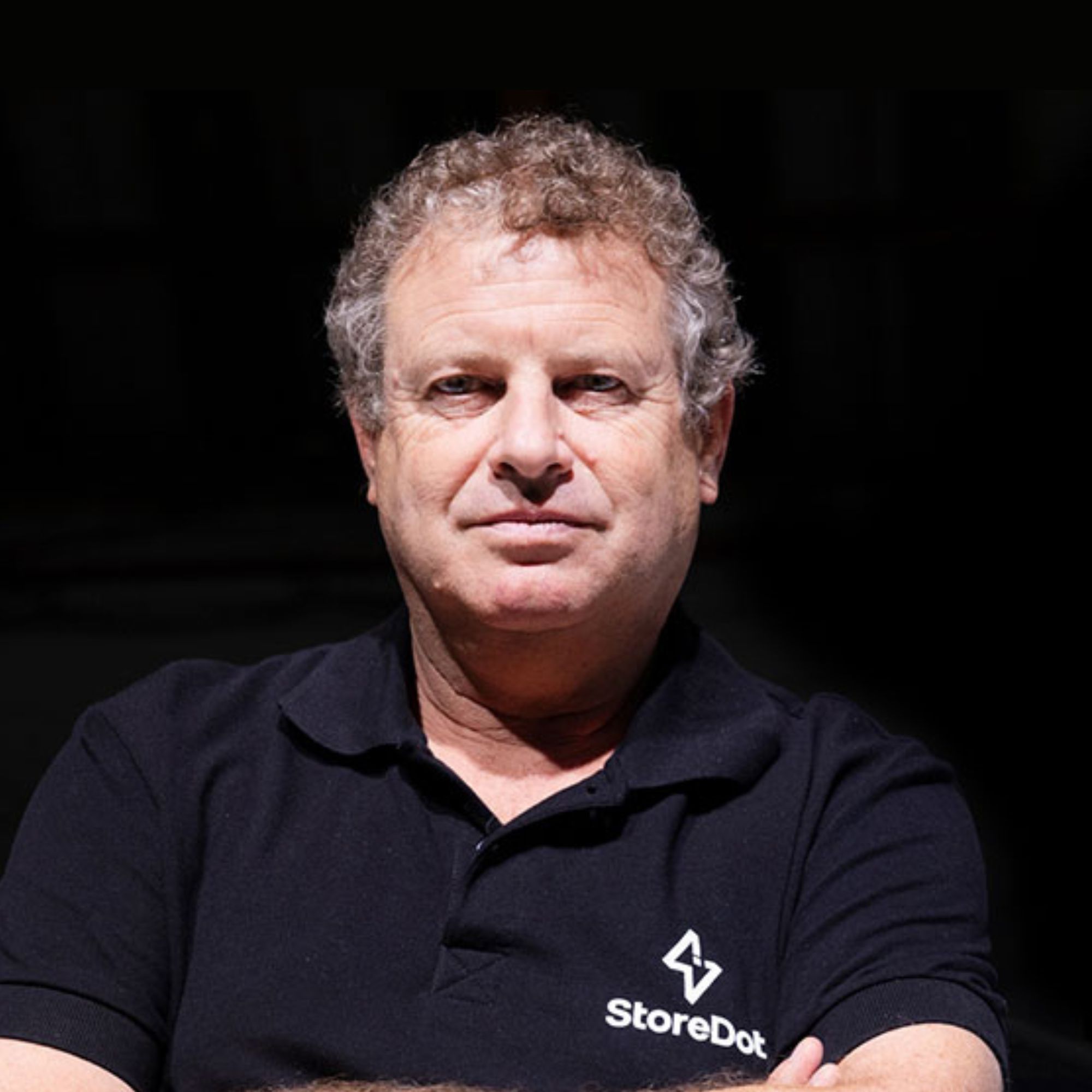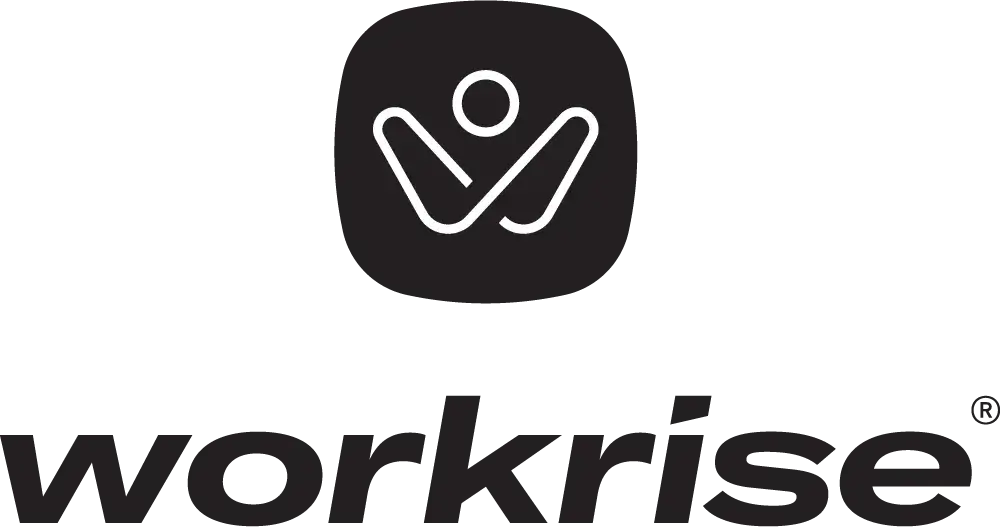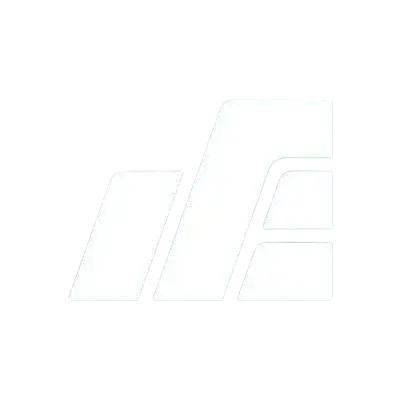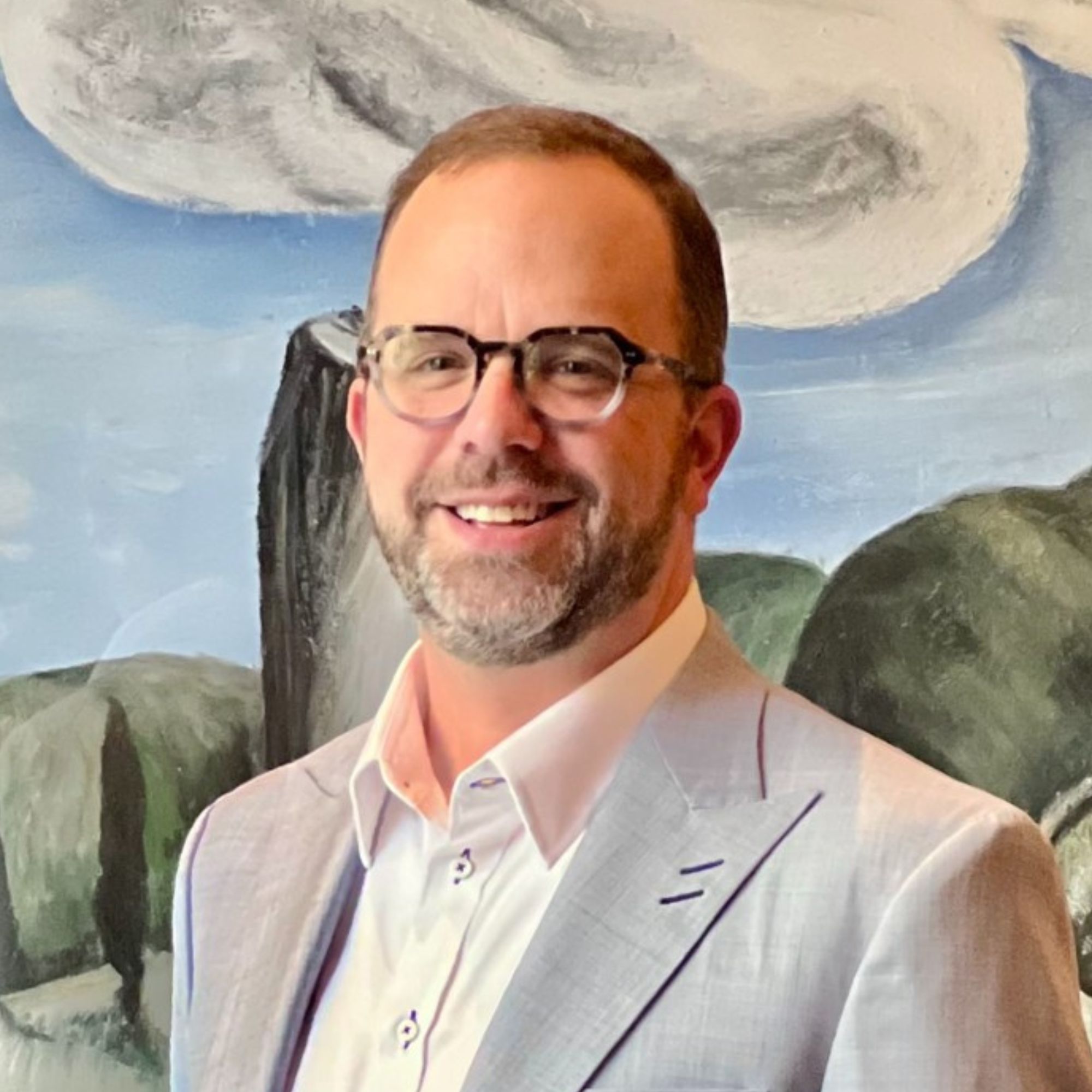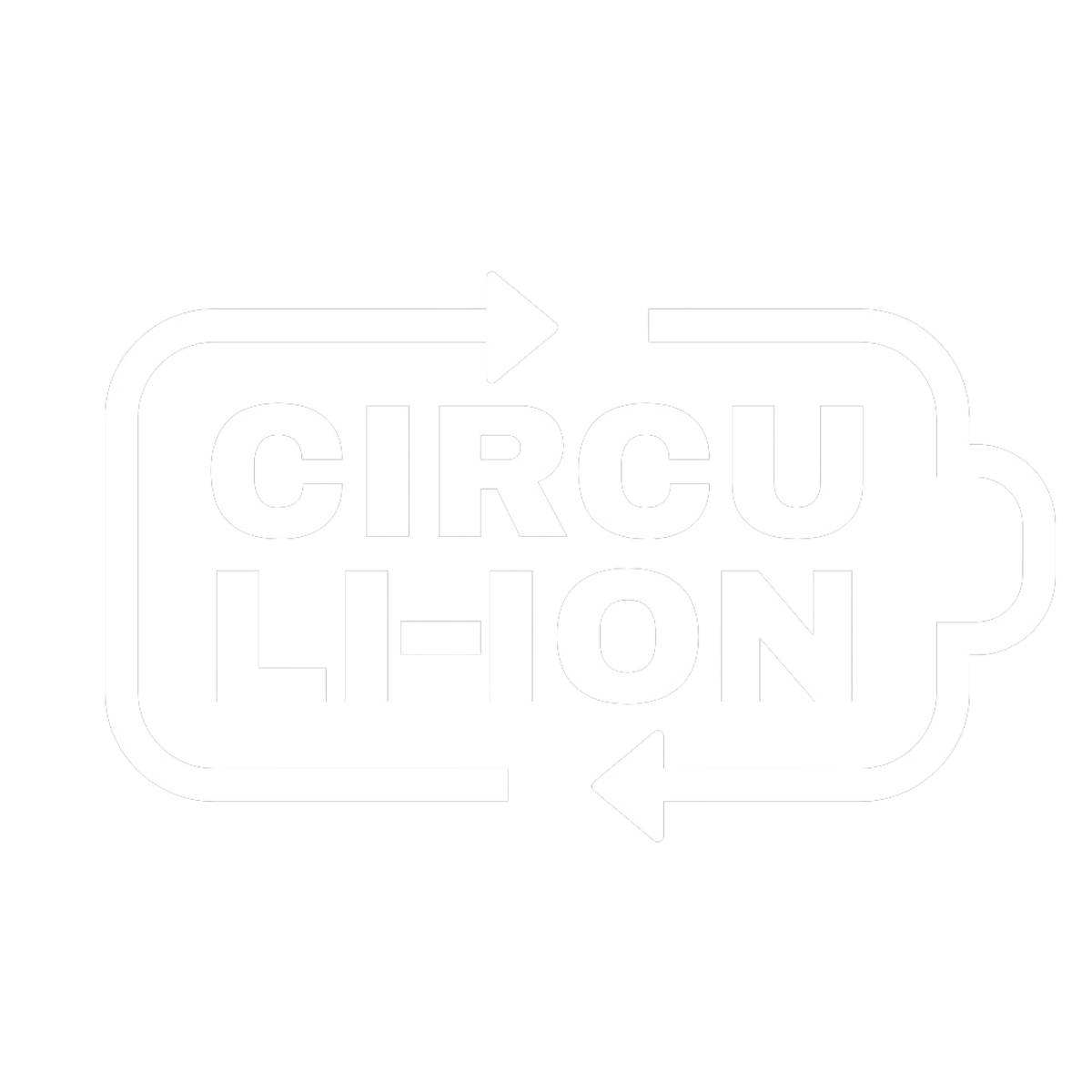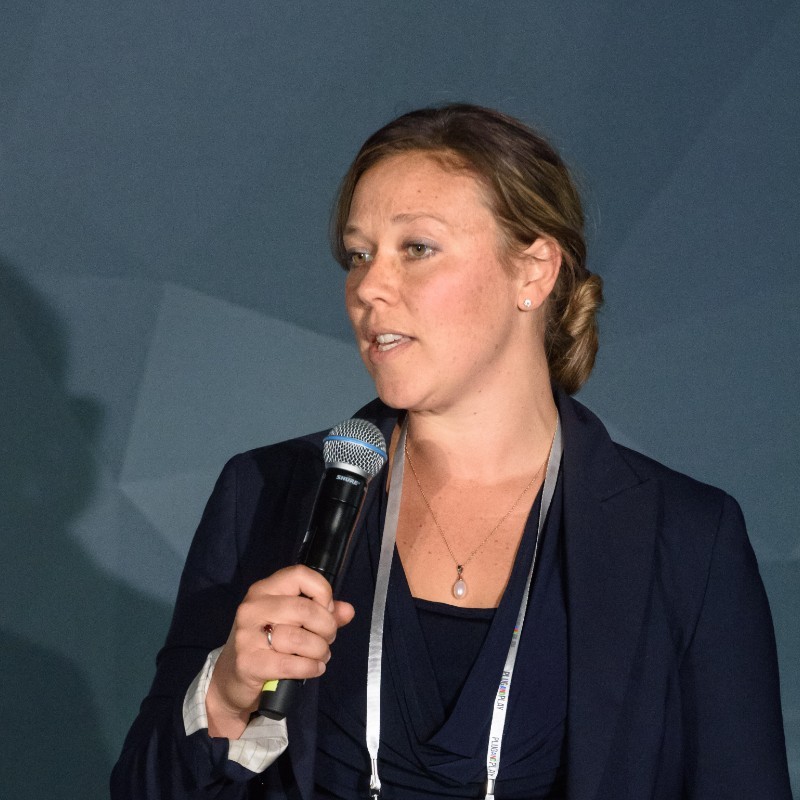Ready to build your own Founder-Led Growth engine? Book a Strategy Call
Frontlines.io | Where B2B Founders Talk GTM.
Strategic Communications Advisory For Visionary Founders
Actionable
Takeaways
Partner with domain experts rather than becoming one yourself: Adrienne explained their strategic shift:
"We started with kind of a sector strategy where we're like, oh, we can do electric vehicles... But what we found was that it's very hard to be experts in all of these different sectors." Instead of trying to master every vertical, they focused on being the best at what they do—energy management technology—and partnered with domain experts in each sector. B2B founders should resist the temptation to become everything to everyone and instead find strong partners who can complement their core competencies.
Focus resources on highest-impact activities in resource-constrained environments:
Pierce emphasized the critical importance of opportunity cost for small organizations: "For small organizations, I think the biggest cost is opportunity cost. So if I'm spending my time chasing leads and doing lead gen and that's where my resources are going, then it may be at the behest of something that's more productive." B2B founders must ruthlessly prioritize activities that drive the most value and avoid spreading thin across low-yield activities, especially in early stages when every hour counts.
Build for complex, consultative sales cycles with technical buyers:
With sales cycles ranging 6-18 months, New Sun Road's approach centers on deep technical engagement: "We are at the heart of what the project is doing from a control and performance perspective, you know, there are a lot of things to just make sure that we're aligned on and develop a really strong partnership." B2B founders selling to technical buyers in complex infrastructure projects should invest heavily in technical credibility and relationship-building rather than traditional sales tactics.
Leverage authenticity as a differentiator in purpose-driven markets:
As a public benefit corporation, Pierce noted: "It has channeled and been a differentiator for what we're doing and how we're doing it... it's created an amazing team environment." When your market values purpose alongside profit, authentic commitment to mission can become a significant competitive advantage. B2B founders should consider how genuine purpose alignment can strengthen both team cohesion and customer relationships, but only if the commitment is authentic.
Anticipate regulatory lag in heavily regulated industries:
Pierce shared valuable insight about regulatory timing: "One thing about regulation is that there is lag. So you can change the regulation and it takes a while for it to trickle down and to have impact... when I look at changing regulation, I'm looking at, well, how is that going to impact 2026?" B2B founders in regulated industries should build regulatory change anticipation into their product roadmap and sales strategy, understanding that today's regulatory shifts create tomorrow's market opportunities.
Conversation
Highlights
From Energy Access to Enterprise: How New Sun Road Built a Platform for Renewable Energy’s Future
Most energy tech companies start with grand ambitions to revolutionize entire sectors. New Sun Road took a different path—one that began in the highlands of Guatemala and evolved into managing over 1,500 renewable energy systems across wildly diverse applications.
In a recent episode of Category Visionaries, Adrienne Pierce, CEO of New Sun Road, shared how the company transformed from an energy access solution into a comprehensive platform for distributed energy resources, raising $6 million along the way.
The Berkeley Origins: Building for Sustainability First
New Sun Road’s story begins with UC Berkeley founders who had a specific problem to solve. “The company comes out of the energy access space,” Adrienne explains. “The founders are from UC Berkeley. They wanted to be able to make sure that the energy system, which was solar plus batteries, was going to continue to operate and be sustainable.”
This wasn’t about creating another energy management system—it was about ensuring remote solar installations would actually work long-term. “As a result of that, they developed an early IoT and cloud based platform for monitoring control,” Adrienne notes. The technology was proven, but commercialization remained the challenge.
When Adrienne joined four years ago, the company had “about 1500 systems on the platform right now” and a clear technology foundation. But like many technical founders transitioning to market, they needed to figure out how to scale their solution across different industries and applications.
The False Start: Trying to Be Everything to Everyone
New Sun Road’s initial go-to-market approach followed conventional startup wisdom: identify multiple market segments and become experts in each one. “We started with kind of a sector strategy where we’re like, oh, we can do electric vehicles and we can provide, you know, electric energy management for them,” Adrienne recalls.
The team believed they could master electric vehicle charging, building management systems, and power solutions for car dealerships and shopping malls. It seemed logical—their core technology worked across all these applications.
But reality hit hard. “What we found was that it’s very hard to be experts in all of these different sectors, whether it’s EV or building management or even just, you know, delivering power for, say, you know, car dealerships or shopping malls,” Adrienne admits.
This realization forced a fundamental rethink of their entire approach to market.
The Strategic Pivot: Enabling Partners Instead of Competing
Rather than doubling down on sector expertise, New Sun Road made a counterintuitive decision: they would stop trying to become domain experts and instead enable others who already were.
“Our sort of go to market has been much more a partnering model and enabling our clients to be successful and bringing the value for them,” Adrienne explains. This wasn’t just about finding channel partners—it was about repositioning their entire value proposition.
The company describes itself uniquely: “I sometimes say we’re a brain floating around looking for a body.” Instead of trying to own entire solutions, they became the intelligent control system that makes other companies’ projects actually work.
This pivot transformed their customer relationships. “Whether it is maybe they have a model for energy as a service and they are selling electrons to their clients and they need, you know, data support and operational support. Or maybe it’s more of an O and M model where they’re providing operations and maintenance for a series of customers.”
Managing Complexity: Long Sales Cycles and Technical Partnerships
New Sun Road’s partner-enabled approach came with its own challenges, particularly around sales complexity. “It’s not typically a short sales cycle. It can be anywhere from six months to 18 months, depending on the length of the project,” Adrienne notes.
But this length isn’t a bug—it’s a feature of their positioning. “Because we are at the heart of what the project is doing from a control and performance perspective, you know, there are a lot of things to just make sure that we’re aligned on and develop a really strong partnership to deliver what is needed both for the project and for our client customers.”
The extended sales cycle reflects the critical nature of their technology. When you’re managing wildfire mitigation systems for PG&E or providing power to remote telecommunications towers, the stakes are high and the technical integration is complex.
Ruthless Resource Allocation: The Opportunity Cost Framework
For a growing company with limited resources, Adrienne emphasizes one critical principle above all others: managing opportunity cost. “For small organizations, I think the biggest cost is opportunity cost. So if I’m spending my time, you know, chasing leads and doing lead gen and that’s where my resources are going, then, you know, it may be at the behest of something that’s more productive.”
This philosophy shapes every decision at New Sun Road. Rather than spreading efforts across multiple acquisition channels, they focus intensively on the highest-impact activities. “Being really careful about how you allocate and where you focus is, you know, it’s just critical.”
Their marketing approach reflects this discipline. “We found that it is a bit of a wonky sector. So we’re really kind of meeting folks at a technical level, a lot of discussions at trade shows, talking on panels, doing podcasts, that sort of thing, joining the conversations on LinkedIn.”
They’ve tested traditional lead generation, but found it poorly suited to their market. “We’ve tried some lead generation and things like that, but there’s such a timing factor and it is such a complex area that a lot of things have to align in order for that type of marketing to really sort of pay off.”
The Public Benefit Corporation Advantage
Perhaps New Sun Road’s most distinctive strategic choice is operating as a public benefit corporation (PBC). “We are a public benefit corporation, which means it’s part of our articles of incorporation, which is a little bit different than a B corp, which is a certification,” Adrienne clarifies.
This isn’t just about marketing—it’s embedded in their legal structure. “We are registered as a public benefit corporation for the state of California and we have an impact imperative to help deploy renewable and make it accessible for underserved communities.”
The impact on operations is subtle but significant. “From the operations of the company, it doesn’t have a huge impact in terms of like, do we do things hugely differently, but it is a very clear indication both to our partners, the people that we work with and our employees, where, you know, what we care about and how we prioritize things.”
Most importantly, it creates alignment. “It’s just created an amazing team environment,” Adrienne notes. “Because we’re so aligned around the motivation of what we’re doing, I feel like I’m just incredibly blessed with the team that we have and how little drama there really is.”
Navigating Regulatory Complexity
Operating in the energy sector means constant regulatory change, but Adrienne has developed a framework for managing this complexity. “One thing about regulation is that there is lag. So you can change the regulation and it takes a while for it to trickle down and to have impact.”
This lag creates planning opportunities. “When I look at changing regulation, I’m looking at, well, how is that going to impact 2026? What is that going to look like?” The key is building regulatory anticipation into product roadmaps and sales strategies.
The real challenge isn’t single regulatory changes—it’s uncertainty. “If there’s one change, I think it’s fine. The problem when it’s very difficult is that when things are changing constantly over a period of time, then people are reluctant to sign contracts and figure out financing because they’re just waiting for things to sort of stabilize.”
Thought Leadership as Market Education
In emerging technology markets, education often matters more than traditional marketing. New Sun Road invests heavily in thought leadership around cutting-edge applications like vehicle-to-grid integration and networked microgrids.
“We have a very cool project in Puerto Rico where we’re working with Oak Ridge National Lab and the community of agentas in Puerto Rico to network microgrids,” Adrienne shares. “So now if you think of a system of microgrids and they’re sharing power generation and loads to provide additional resiliency locally where they can operate off the grid for extended periods of time.”
These projects serve dual purposes: advancing the technology and demonstrating practical applications. “Those sorts of things are great and just thought leadership and kind of really showing that these things aren’t just ideas that they can be reduced to practice.”
The Path Forward: Scale or Acquisition
New Sun Road’s future reflects the realities of capital-intensive infrastructure markets. “For New Sun Road, one of two things will most likely be happening. Either we will be acquired and be part of a larger initiative,” Adrienne explains.
But they’re not dependent on acquisition. “This year we’re on a path to be break even. And so we have the ability to define our own destiny and continue to work with our partners, you know, to sort of grow this space and be successful.”
This optionality is strategic. In infrastructure markets, the ultimate goal isn’t always independent scale—it’s often about proving technology and business models that larger players can adopt and scale globally.
Lessons for B2B Infrastructure Companies
New Sun Road’s journey offers several insights for B2B founders building in complex, regulated markets:
First, resist the temptation to become domain experts across multiple verticals. Instead, focus on being excellent at your core technology and enable partners who already understand their markets.
Second, manage opportunity cost ruthlessly. In resource-constrained environments, every hour spent on low-impact activities is an hour not spent on building competitive advantages.
Third, build for long, complex sales cycles by investing in technical credibility and deep partnership development rather than transactional sales tactics.
Finally, in purpose-driven markets, authentic mission alignment can become a significant competitive advantage—but only if the commitment is genuine and embedded in organizational structure.
New Sun Road’s evolution from energy access startup to renewable energy platform demonstrates how technical founders can successfully navigate the transition from product to market, building sustainable competitive advantages in complex, regulated industries.





















